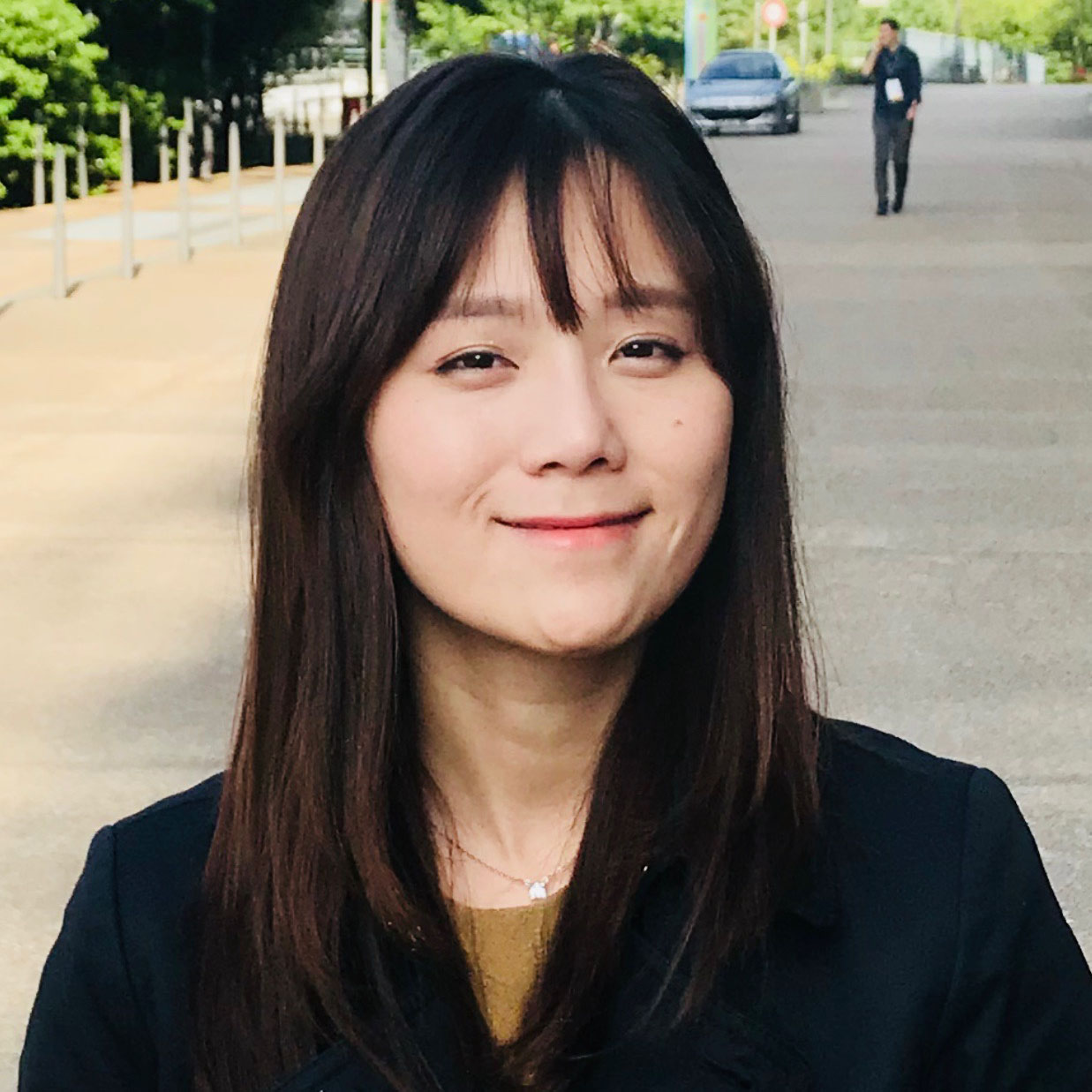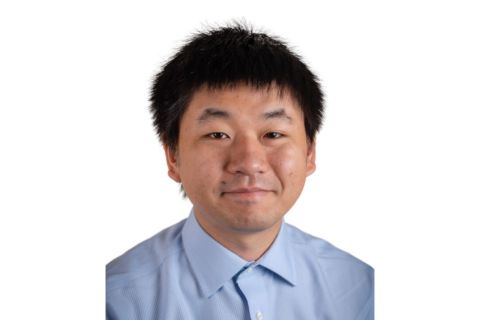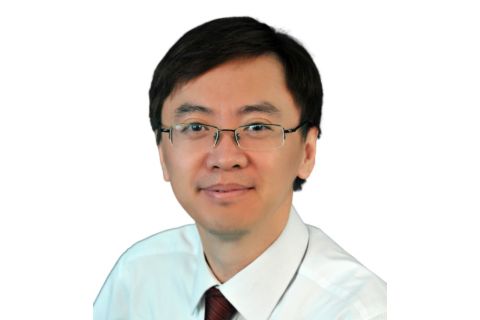
By Alistair Jones
SMU Office of Research & Tech Transfer– ‘United we stand, divided we fall' is a phrase that has stood the test of time. It dates back to the fables of Aesop, a slave in Greece around 550BC. It also appears as a warning in the New Testament and, in contemporary times, has been the basis of rousing songs.
The message is apt in the digital age where the individual expression afforded by social media has spawned a darker side that is increasingly fractious. What began as a way to connect with like minds has also become a polarising tool, a source of division that undermines social resilience.
People who are fighting with one another over differences in opinion are less able to respond collectively to changing circumstances, be these pandemics, natural disasters, environmental challenges or structural changes in the global economy.
How opinion-based division can undermine social resilience is at the heart of parallel projects being conducted in a partnership – the A*STAR-SMU Joint Lab in Social and Human-Centered Computing – between academics at Singapore Management University (SMU) and Singapore's Agency for Science, Technology and Research (A*STAR).
Besides Professor Jisun An, SMU Assistant Professor of Computer Science, Gao Wei, as well as Dr. Joseph Simons and Dr. Prasanta Bhattacharya from A*STAR will be involved in the project. Professor An will be developing computational tools with machine learning to infer conflict-promoting features of opinions as expressed in text on social media.
“My research interest lies in behavioural change,” she says. “I like to study human behaviour and especially the factors that are relevant to behavioural changes, including opinion changes. So, what makes, or what relates to [a person] changing their mind or keeping their opinion.”
Strength of attitudes
The research will draw on existing work in the psychology of attitudes which has documented measurable properties of opinions that make them a more probable driver of social conflict.
These include: moral conviction, which is connected to intolerance of people who hold diverging views; a high degree of certainty, which predicts a stronger desire to persuade others and a more aggressive conflict style; and attitude importance, which is associated with stronger negative emotions towards counter-attitudinal messages.
While attitudes and opinions are related, the researchers draw a distinction. Professor An suggests an opinion is anything people can express that is not factual. She offers the example of mathematics.
“So if someone asked me to do a calculation, then I may not. I would say, 'Oh, mathematics is stupid'.
“[Whereas] an attitude has two different factors. One is the direction – whether, given a particular issue or object, one has had a positive attitude or negative attitude. The other dimension is intensity – the strength that they feel towards that direction,” Professor An says.
Discerning the strength of attitudes is central to the project.
“We are trying to see whether it would be possible to make some kind of algorithmic tools to define this attitude and inner strength and to measure that from observing the data produced by many people through online platforms and social media,” Professor An says.
Topics and data
The first step is to identify topics that are polarising or likely to create conflict.
[One] potential topic could be about immigration. That has been the most conflicting issue that we've observed during the COVID-19 pandemic,” Professor An says.
“And even before that there has been gay rights. But, as you know, in Singapore some people are hesitant to discuss sensitive topics online. So, even though we are interested in a particular topic, we may not be able to find enough data on it to do the research we need.”
And what will be the sources of this data?
“I think our main sources will be Twitter and Reddit,” Professor An says. “But Twitter is not so popular in Singapore so maybe we will be looking at the comments left on news media. Similarly we could look at Facebook.”
Once collected, the data set for attitude strength will be put in a form suitable for annotation. Annotators, recruited and compensated via an online platform such as Amazon MTurk, will rate each post using designated attitude strength scales. Multiple annotators will independently rate each target.
The texts will be processed to extract key linguistic features, such as keywords, and these will be input variables. The computational models will be trained to infer attitude strength variables and individual difference variables.
“Even from manual examination – by looking at those sentences and the labels – we may be able to pick up [the cues] already,” says Professor An.
“[For example], if this word is in this text and is always having a seven on the scale. The machine learning model is basically doing it more automatically in a much more advanced way.”
Social fault lines
Governments around the world already monitor transmissions to find trigger words that suggest terrorist activity. How is this project different from that type of surveillance?
“I think that's a very different domain to us, “Professor An says.
“We are looking more at social conflict that may not be really perceived as a threat to society directly, but then over time that may increase [and] complicate [and be] relevant to how the society's people would behave in the future. So, it is more subtle kind of changes and very, very slow over time.
“The key is more about understanding society as a whole, but not at an individual level for this project.”
The project's potential to discern emerging social fault lines at scale and even act as an early warning system makes its computational models of interest to government agencies.
“The Ministry of Culture, Community and Youth (MCCY) is our primary kind of stakeholder. They are interested in the ideas of social cohesion and social integration,” Professor An says.
Some discussion has already taken place and the MCCY is not only supportive of this project, but also of future possibilities as the work evolves.
As a computer scientist, Professor An is excited by the interdisciplinary collaboration which enables her to learn “more about the psychological concepts that are relevant to human attitudes and behaviour and beliefs”.
“It is a true joy to see whether, and to what extent, it is possible to automate the psychological theory,” she says.
Back to Research@SMU May 2022 Issue
See More News
Want to see more of SMU Research?
Sign up for Research@SMU e-newslettter to know more about our research and research-related events!
If you would like to remove yourself from all our mailing list, please visit https://eservices.smu.edu.sg/internet/DNC/Default.aspx

